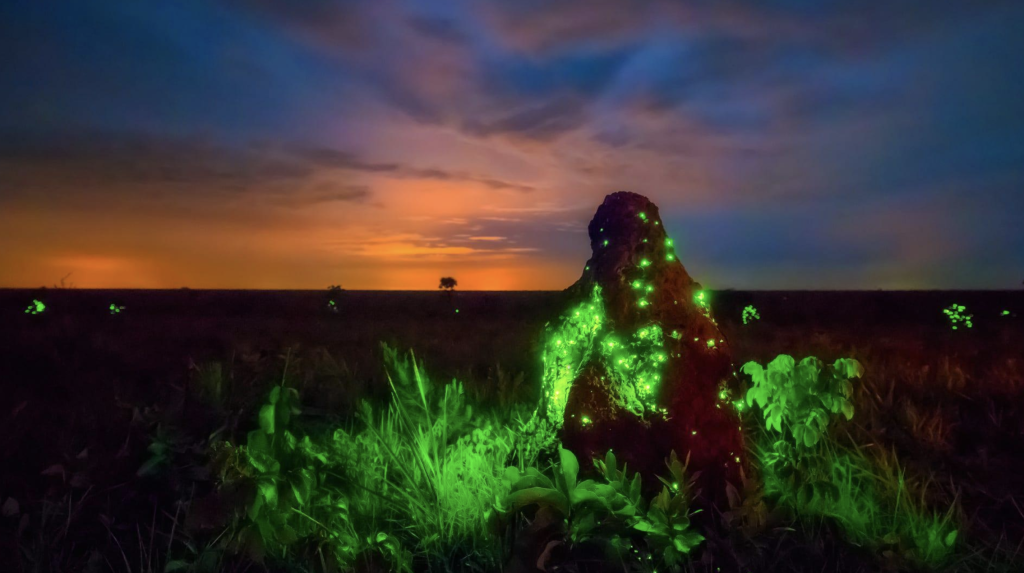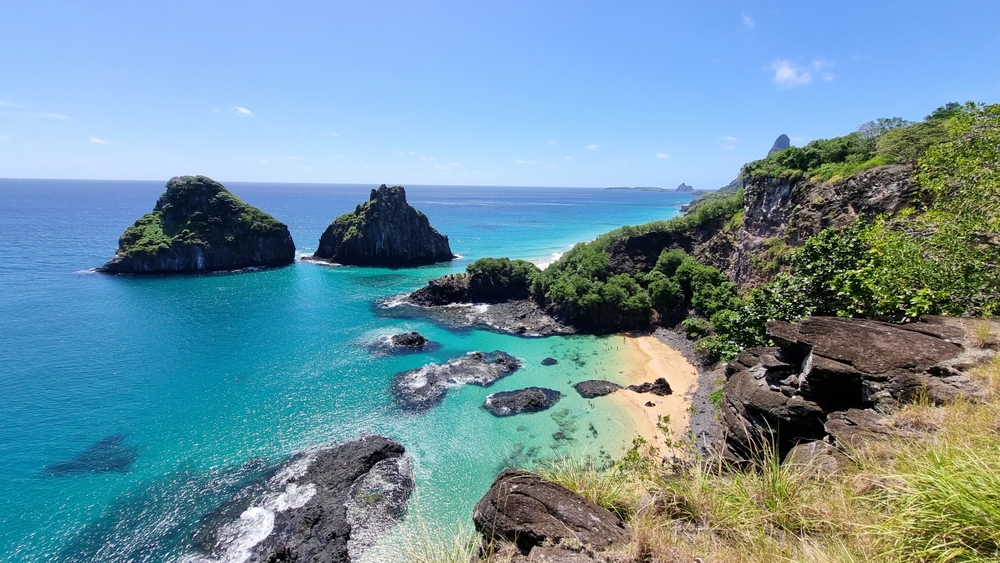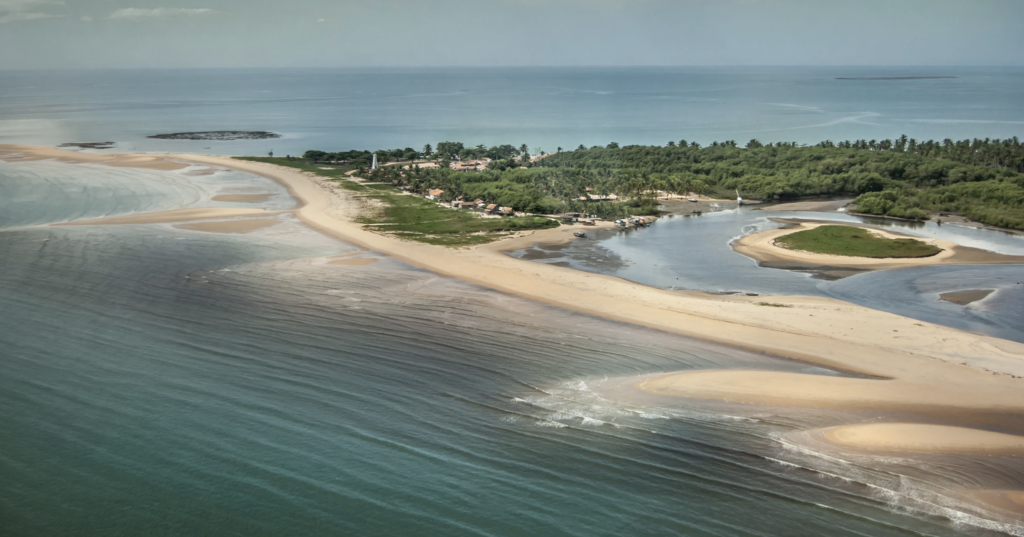São Joaquim Overview
São Joaquim National Park, or Parque Nacional de São Joaquim in Portuguese, is a protected area in the southern region of Brazil. Covering approximately 188 square miles (488 square kilometers), the park is located in the state of Santa Catarina and encompasses parts of the municipalities of Urubici, Bom Jardim da Serra, and Orleans.
It was established in 1961 to preserve the unique biodiversity and striking landscapes of the Atlantic Forest and highland ecosystems found in this region. The park is situated within the Serra Geral mountain range, with elevations that rise dramatically, creating breathtaking vistas and rugged terrain.
The terrain of São Joaquim National Park is characterized by towering escarpments, deep valleys, and expansive plateaus covered in lush forests and high-altitude grasslands. One of the most notable features is Morro da Igreja, which stands at 5,978 feet (1,822 meters) and is considered one of the coldest places in Brazil.
The rock formations in the park add to its scenic beauty, including the iconic Pedra Furada, a large naturally sculpted stone arch that has become a symbol of the park. Waterfalls cascade down the cliffs, including the impressive Véu de Noiva waterfall, which adds to the park’s dramatic landscape. Due to its high elevation, the park experiences frequent mist and frost, with occasional snowfall during the winter months, a rarity in Brazil.
The park is home to a diverse range of wildlife, including many species that are endemic to the Atlantic Forest biome. Among the mammals found here are the elusive puma, the maned wolf, and the brown howler monkey, which can often be heard calling from the treetops. Smaller mammals such as the ocelot and the South American coati also inhabit the dense forest.
The birdlife in São Joaquim National Park is particularly notable, with over 200 species recorded, including the vibrant azure jay and the red-spectacled amazon, both of which are emblematic of the region. Raptors such as the black-chested buzzard-eagle soar over the cliffs, and hummingbirds are commonly seen flitting among the flowers.
One of the most popular features of the park is Morro da Igreja, which provides panoramic views of the surrounding mountains and valleys. Pedra Furada is another must-see attraction, drawing visitors who marvel at its impressive natural arch.
The park’s waterfalls, such as Véu de Noiva and Cachoeira do Avencal, offer stunning scenery and are favorite spots for photography and relaxation. The park’s high-altitude landscapes are also a major draw for those seeking to experience Brazil’s rare cold-weather conditions.
Visitors to São Joaquim National Park can engage in a variety of activities, from hiking and wildlife watching to photography and nature exploration. The trails leading to Morro da Igreja and Pedra Furada are among the most popular, providing both a moderate challenge and rewarding views.
The park is also known for its unique climatic conditions, which make it an interesting destination for those who want to witness snow in Brazil. Birdwatching is another key activity, with dedicated enthusiasts traveling here to observe the rare and colorful species that inhabit the park.
Conservation efforts in São Joaquim National Park have focused on protecting the fragile Atlantic Forest and highland ecosystems from deforestation and human encroachment. Despite these efforts, challenges remain, particularly due to illegal logging and agricultural expansion in the surrounding areas.
However, park management has successfully implemented preservation programs and visitor education initiatives to raise awareness about the importance of conserving this unique environment.
Ecotourism also plays a role in the park’s sustainability, providing an economic incentive for conservation while allowing people to experience its natural beauty responsibly.



















































































